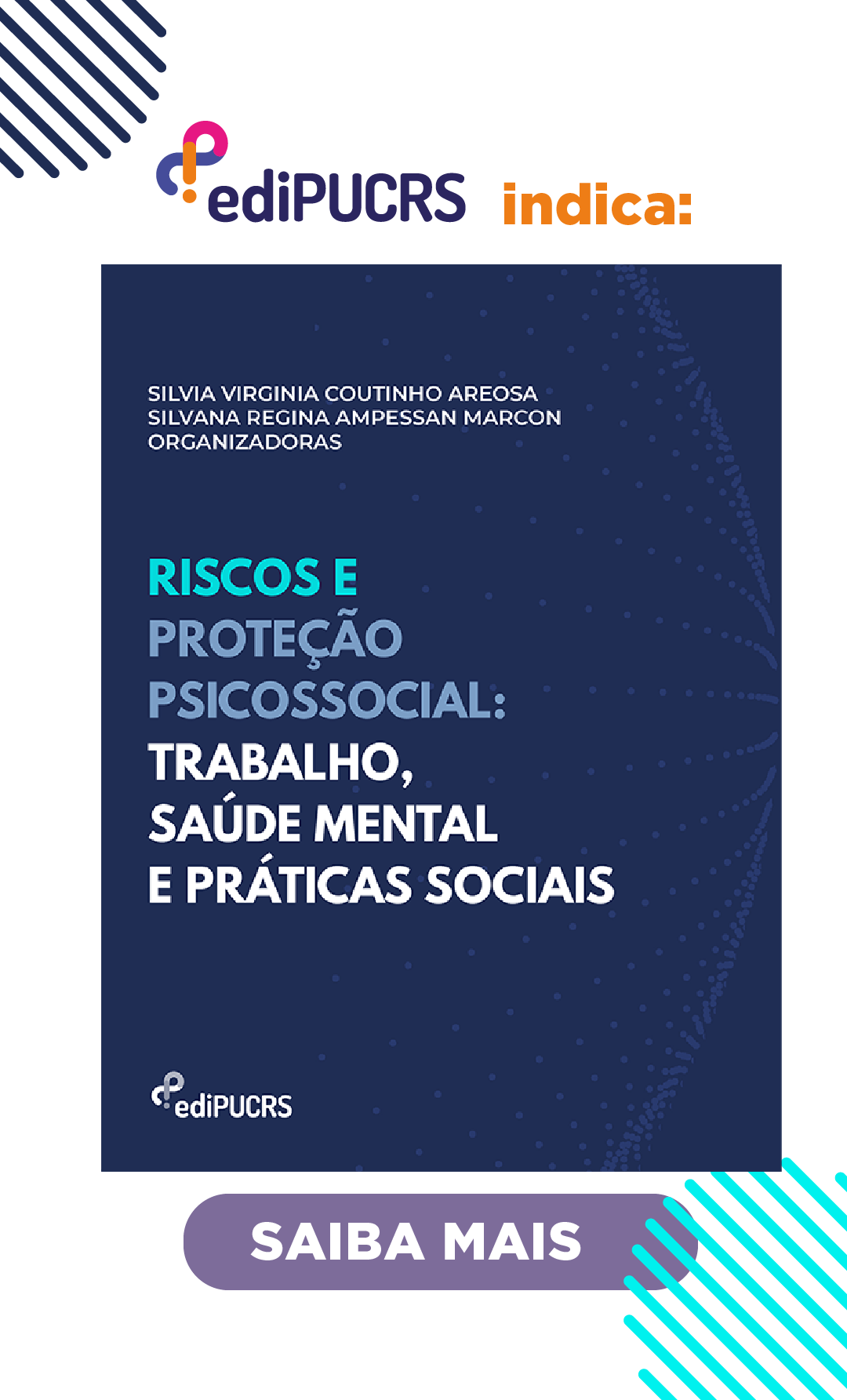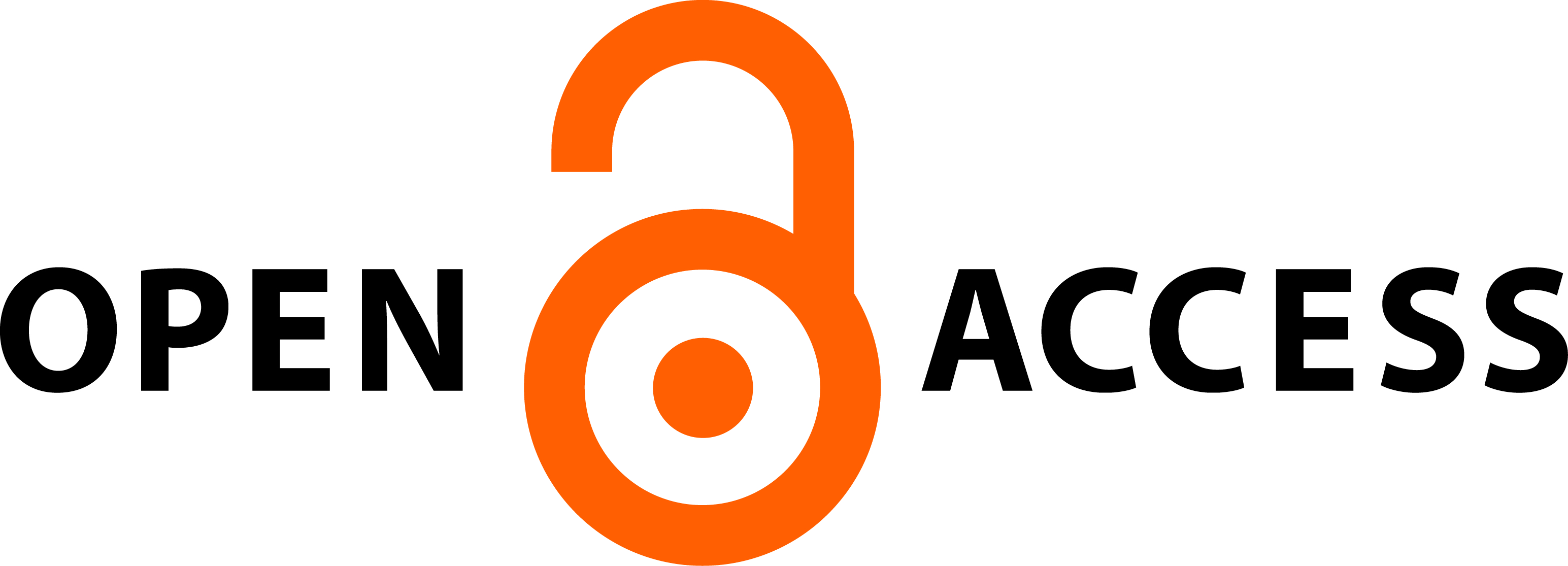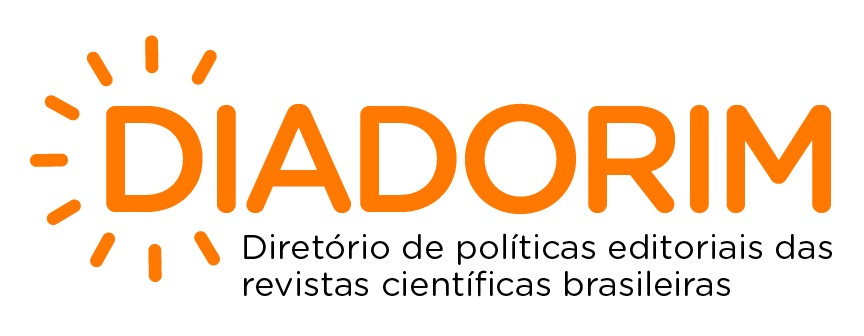O lado obscuro da internet
uma revisão de literatura sobre o comportamento antissocial online
DOI:
https://doi.org/10.15448/1980-8623.2024.1.39859Palavras-chave:
comportamento antissocial, internet , agressividade, interação social.Resumo
O objetivo do estudo foi realizar uma revisão sistemática da literatura acerca do comportamento antissocial online e, também, categorizar esses comportamentos e observar aspectos psicossociais relacionados. Para tanto, foi utilizada uma síntese qualitativa, incluindo estudos quantitativos publicados entre 2016-2020 nas bases de dados Scopus, PsycInfo, Pepsic e Scielo. Vinte e cinco estudos se adequaram às análises. Os resultados demonstraram a existência de quatro categorias de comportamento antissocial online: cyberbullying, trollagem, comportamento antissocial sexual, e cyberstalking. A tétrade sombria (narcisismo, psicopatia, Maquiavelismo e sadismo) mostrou-se o preditor mais consistente dessas categorias nos estudos. O estudo alcançou os objetivos propostos, preenchendo duas lacunas: a inexistência de categorização do comportamento antissocial online e a escassez de estudos brasileiros sobre o tema.
Downloads
Referências
Álvarez-García, D., Núñez, J. C., García, T., & Barreiro-Collazo, A. (2018). Individual, family, and community predictors of cyber-aggression among adolescents. The European Journal of Psychology Applied to Legal Context, 10, 79-88. https://doi.org/10.5093/ejpalc2018a8 DOI: https://doi.org/10.5093/ejpalc2018a8
Block, J. J. (2008). Issues for DSM-V: Internet addiction. American Journal of Psychiatry, 165, 306-307. DOI: https://doi.org/10.1176/appi.ajp.2007.07101556
Buckels, E. E., Trapnell, P. D., Andjelovic, T., & Paulhus, D. L. (2018). Internet trolling and everyday sadism: Parallel effects on pain perception and moral judgment. Journal of Personality, 87(2), 328-340. https://doi.org/10.1111/jopy.12393 DOI: https://doi.org/10.1111/jopy.12393
Cappadocia, M. C., Craig, W. M., & Pepler, D. (2013). Cyberbullying. Prevalence, stability, and risk factors during adolescence. Canadian Journal of School Psychology, 28,171-192. https://doi.org/10.1177/0829573513491212 DOI: https://doi.org/10.1177/0829573513491212
Carli, V., Hadlaczky, G., Hökby, S., Sarchiapone, M., & Wasserman, D. (2014). Suicide prevention by internet and media based mental health promotion (supreme). European Psychiatry, 29(1), 1. https://doi.org/10.1016/s0924-9338(14)78672-9 DOI: https://doi.org/10.1016/S0924-9338(14)78672-9
Chan, H. C. (Oliver), & Wong, D. S. W. (2016). Traditional School Bullying and Cyberbullying Perpetration. Youth & Society, 51(1), 1-27. https://doi.org/10.1177/0044118x16658053 DOI: https://doi.org/10.1177/0044118X16658053
Cheng, J., Danescu, C., & Leskovec, J. (2015). Antisocial Behavior in Online Discussion Communities. Proceedings of the Ninth International AAAI Conference on Web and Social Media, 61-70. Oxford: United Kingdom. DOI: https://doi.org/10.1609/icwsm.v9i1.14583
Craker, N., & March, E. (2016). The dark side of Facebook®: The Dark Tetrad, negative social potency, and trolling behaviours. Personality and Individual Differences, 102, 79-84. https://doi.org/10.1016/j.paid.2016.06.043 DOI: https://doi.org/10.1016/j.paid.2016.06.043
Dias, C., Oliveira-Monteiro, N., & Aznar-Farias, M. (2014). Comportamentos antissociais e delitivos em adolescentes. Aletheia, 45, 101-113.
Duncan, Z., & March, E. (2019). Using Tinder® to start a fire: Predicting antisocial use of Tinder® with gender and the Dark Tetrad. Personality and Individual Differences, 145, 9-14. https://doi.org/10.1016/j.paid.2019.03.014 DOI: https://doi.org/10.1016/j.paid.2019.03.014
Ferreira, T., & Deslandes, S. (2018). Cyberbullying: concepts, dynamics, characters and health implications. Ciência & Saúde Coletiva, 23(10), 3369-3379. https://dx.doi.org/10.1590/1413-812320182310.13482018 DOI: https://doi.org/10.1590/1413-812320182310.13482018
Flexon, J. L., Meldrum, R. C., Young, J. T. N., & Lehmann, P. S. (2016). Low self-control and the Dark Triad: Disentangling the predictive power of personality traits on young adult substance use, offending and victimization. Journal of Criminal Justice, 46, 159-169. https://doi.org/10.1016/j.jcrimjus.2016.05.006 DOI: https://doi.org/10.1016/j.jcrimjus.2016.05.006
Foulkes, L., Viding, E., McCrory, E., & Neumann, C. (2014). Social Reward Questionnaire (SRQ): Development and validation. Frontiers in Psychology, 5. https://doi.org/10.3389/fpsyg.2014.00201 DOI: https://doi.org/10.3389/fpsyg.2014.00201
Hood, M., & Duffy, A. L. (2018). Understanding the relationship between cyber-victimization and cyber-bullying on Social Network Sites: The role of moderating factors. Personality and Individual Differences, 133, 103-108. https://doi.org/10.1016/j.paid.2017.04.004 DOI: https://doi.org/10.1016/j.paid.2017.04.004
Kircaburun, K., Jonason, P. K., & Griffiths, M. D. (2018). The Dark Tetrad traits and problematic social media use: The mediating role of cyberbullying and cyberstalking. Personality and Individual Differences, 135, 264-269. https://doi.org/10.1016/j.paid.2018.07.034 DOI: https://doi.org/10.1016/j.paid.2018.07.034
Kowalski, R. M., Giumetti, G. W., Schroeder, A. N., & Lattanner, M.R. (2014). Bullying in the digital age: A critical review and meta-analysis of cyberbullying research among youth. Psychological Bulletin, 140, 1073-1137. http://dx.doi.org/10.1037/a0035618 DOI: https://doi.org/10.1037/a0035618
Kurek, A., Jose, P., & Stuart, J. (2019). ‘I did it for the LULZ’: How the dark personality predicts online disinhibition and aggressive online behavior in adolescence. Computers in Human Behavior, 98, 31-40. https://doi.org/10.1016/j.chb.2019.03.027 DOI: https://doi.org/10.1016/j.chb.2019.03.027
Lilienfeld, S. O., Latzman, R. D., Watts, A. L., Smith, S. F., Dutton, K., Walton, K. E., & John, S. (2014). Correlates of psychopathic personality traits in everyday life: Results from a large community survey. Frontiers in Psychology, 5, 1-11. http://dx.doi.org/10.3389/fpsyg.2014.00740 DOI: https://doi.org/10.3389/fpsyg.2014.00740
Liobikienė, G., & Bernatonienė, J. (2018). The determinants of access to information on the Internet and knowledge of health related topics in European countries. Health Policy, 122(12), 1348-1355. https://doi.org/10.1016/j.healthpol.2018.09.019 DOI: https://doi.org/10.1016/j.healthpol.2018.09.019
Lyons, M. (2019). The Dark Triad and Forensic Implications: Antagonistic, Aggressive, and Criminal Behaviors. In Lyons, M., The Dark Triad of Personality (pp. 61-80). Academic Press.
https://doi.org/10.1016/b978-0-12-814291-2.00003-6 DOI: https://doi.org/10.1016/B978-0-12-814291-2.00003-6
March, E. (2019). Psychopathy, sadism, empathy, and the motivation to cause harm: New evidence confirms malevolent nature of the Internet Troll. Personality and Individual Differences, 141, 133-137. https://doi.org/10.1016/j.paid.2019.01.001 DOI: https://doi.org/10.1016/j.paid.2019.01.001
Medeiros, E., Sá, E., Monteiro, R., Santos, W., & Gusmão, E. (2017). Valores humanos, comportamentos antissociais e delitivos: evidências de um modelo explicativo. Pesquisas e Práticas Psicossociais, 12(1), 147-163.
Melioli, T., Sirou, J., Rodgers, R. F., & Chabrol, H. (2015). Étude du profil des personnes victimes d'intimidation réelle et d’intimidation sur Internet [Study of the profile of victims of real and Internet intimidation]. Neuropsychiatrie de l’Enfance et de l’Adolescence, 63, 30-35. http://dx.doi.org/10.1016/j.neurenf.2014.07.007 DOI: https://doi.org/10.1016/j.neurenf.2014.07.007
Moor, L., & Anderson, J. R. (2019). A systematic literature review of the relationship between dark personality traits and antisocial online behaviours. Personality and Individual Differences, 144, 40-55. https://doi.org/10.1016/j.paid.2019.02.027 DOI: https://doi.org/10.1016/j.paid.2019.02.027
Nickisch, A., Palazova, M., & Ziegler, M. (2020). Dark personalities – dark relationships? An investigation of the relation between the Dark Tetrad and attachment styles. Personality and Individual Differences, 167, 110227. https://doi.org/10.1016/j.paid.2020.110227 DOI: https://doi.org/10.1016/j.paid.2020.110227
Przybylski, A. K., Murayama, K., DeHaan, C. R., & Gladwell, V. (2013). Motivational, emotional, and behavioral correlates of fear of missing out. Computers in Human Behavior, 29(4), 1841-1848. https://doi.org/10.1016/j.chb.2013.02.014 DOI: https://doi.org/10.1016/j.chb.2013.02.014
Santos, I., & Mariano, T. Somos todos Psicopatas? Considerações acerca da Tríade Sombria da Personalidade. VirtualBooks Editora.
Smoker, M., & March, E. (2017). Predicting perpetration of intimate partner cyberstalking: Gender and the Dark Tetrad. Computers in Human Behavior, 72, 390-396. DOI: https://doi.org/10.1016/j.chb.2017.03.012
Yogarajah, A., Kenter, R., Lamo, Y., Kaldo, V., & Nordgreen, T. (2020). Internet-delivered mental health treatment systems in Scandinavia – A usability evaluation. Internet Interventions, 20, 100314. https://doi.org/10.1016/j.invent.2020.100314 DOI: https://doi.org/10.1016/j.invent.2020.100314
Downloads
Publicado
Como Citar
Edição
Seção
Licença
Copyright (c) 2024 Psico

Este trabalho está licenciado sob uma licença Creative Commons Attribution 4.0 International License.
Direitos Autorais
A submissão de originais para a Psico implica na transferência, pelos autores, dos direitos de publicação. Os direitos autorais para os artigos publicados nesta revista são do autor, com direitos da revista sobre a primeira publicação. Os autores somente poderão utilizar os mesmos resultados em outras publicações indicando claramente a Psico como o meio da publicação original.
Licença Creative Commons
Exceto onde especificado diferentemente, aplicam-se à matéria publicada neste periódico os termos de uma licença Creative Commons Atribuição 4.0 Internacional, que permite o uso irrestrito, a distribuição e a reprodução em qualquer meio desde que a publicação original seja corretamente citada.





